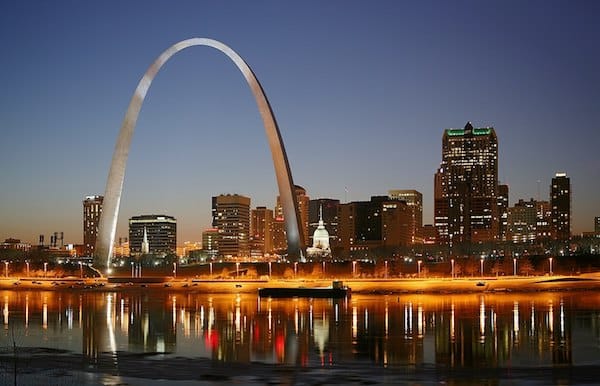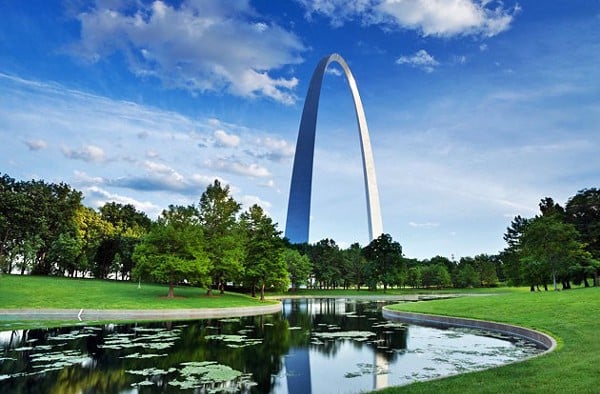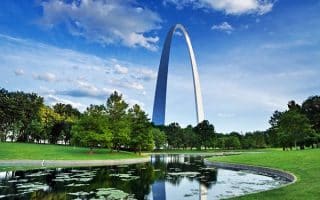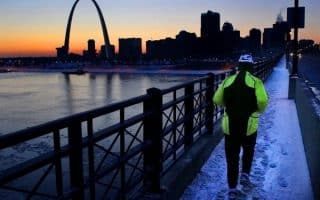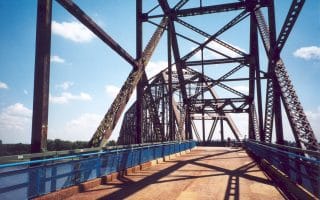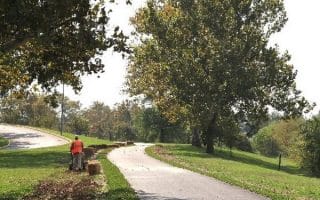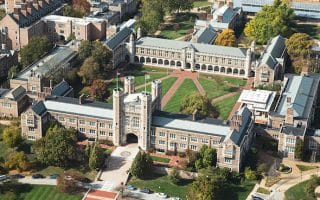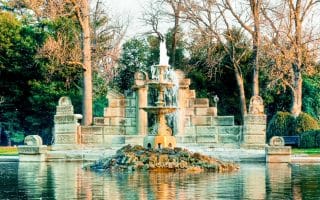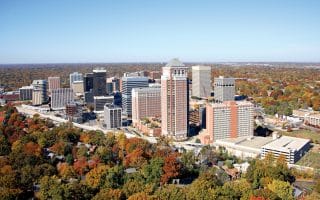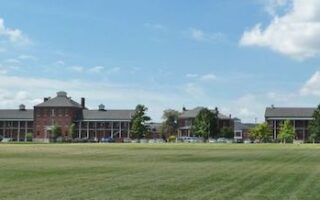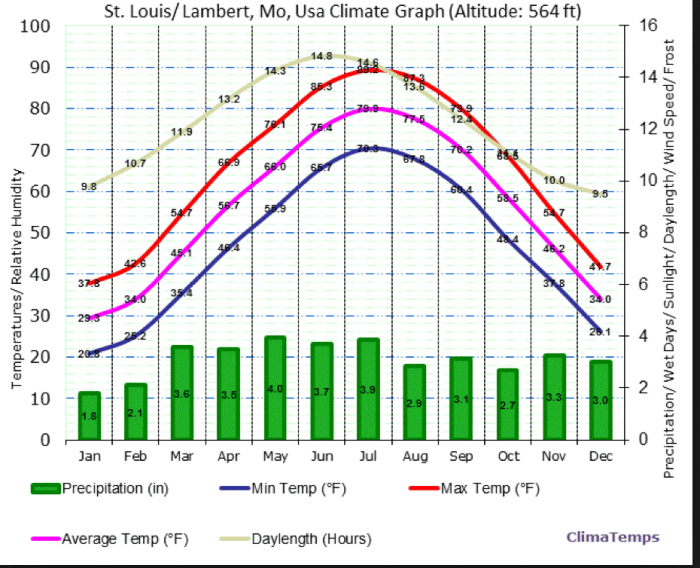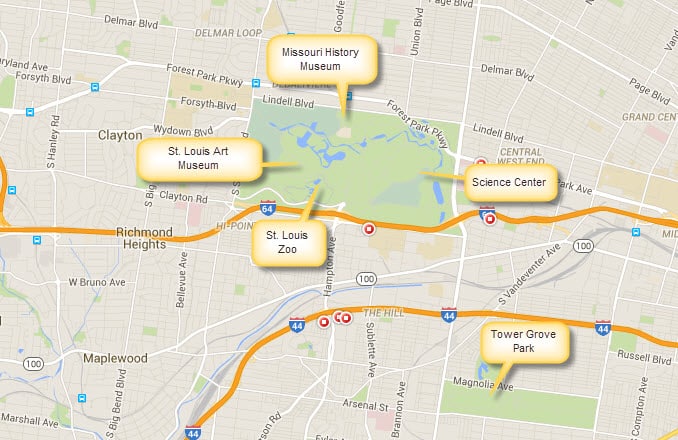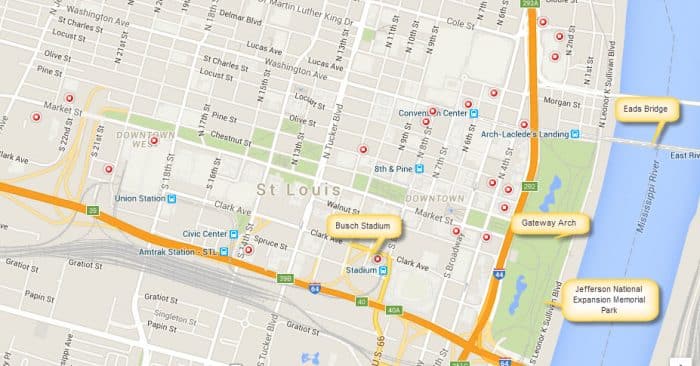One of the more richly historic cities in the country, St. Louis lives up to its name as Gateway to the West. Due to its geographically central location and its relation to the Mississippi River, it became one of the major port cities and stops during westward expansion, which is exhibited at the Museum of Westward Expansion and anchored by Gateway Arch National Park. There’s been a lot of revitalization of the downtown area, the National Park, and an expanding system of greenways. There’s a good variety for running in St. Louis, from the historic Arch area, riverfront paths, signature parks, and the Great Rivers Greenway trail system, which extends well into the western suburbs.
The signature run downtown incorporates the the historic downtown, Gateway National Park, and the Eads Bridge. The Riverfront Trail heads for several miles north along the Mississippi, with great views and bridge crossings. We also love Forest Park, which is one of the largest urban parks in the United States. Our guide to the best places to run in St. Louis features additional parks and greenways that are part of the 130+ miles of the ever-expanding Great Rivers Greenway system (interactive map).
Topographically, St. Louis is relatively flat, with some slow rolling prairies. The Metrolink consists of the blue (MLB) and red (MLR) line. Running mostly parallel to each other, these lines can bring you to Forest Park and beyond. Upon arriving in the western suburbs, the Blue Line curves south and west, whereas the Red Line continues northwest to the Lambert-St. Louis International Airport.


